Northeast India, a land of diverse cultures and breathtaking landscapes, is also home to a myriad of unique and fascinating animal species. From dense forests to lofty mountains, this region boasts an incredible biodiversity that continues to enchant wildlife enthusiasts and researchers alike.

In this blog post, we’ll delve into the realm of Northeast India’s wildlife and uncover the top 10 animals found exclusively in this captivating corner of the country.
1. Hoolock Gibbon
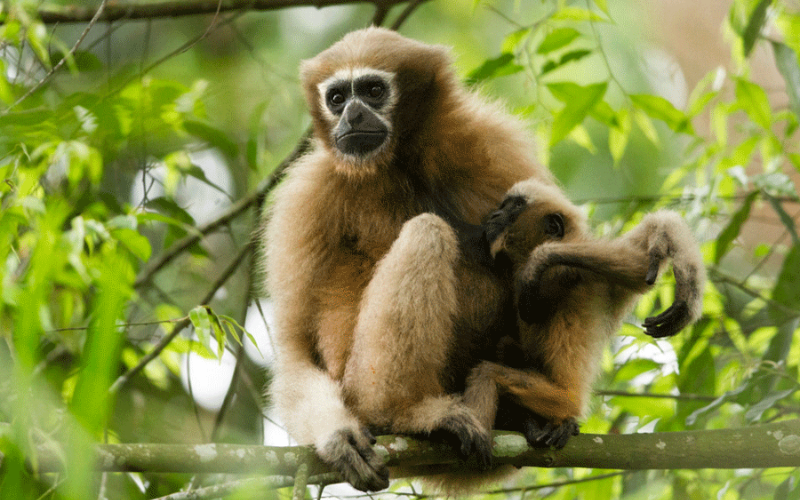
The Hoolock Gibbon, with its distinctive white eyebrows and long arms, is one of the most iconic primates of Northeast India. Found swinging effortlessly through the canopies of Assam’s forests, this species is the only ape found in India and is revered for its acrobatic prowess.
2. Red Panda
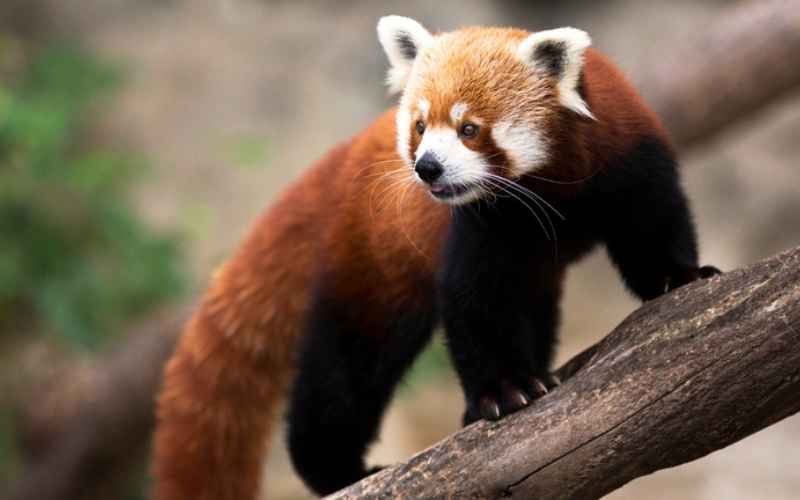
With its fiery red fur and cat-like face, the Red Panda is a rare and elusive gem of the Eastern Himalayas. Found in the dense bamboo forests of Arunachal Pradesh, Nagaland, and parts of Assam, this adorable creature is a symbol of conservation efforts in the region.
3. Clouded Leopard
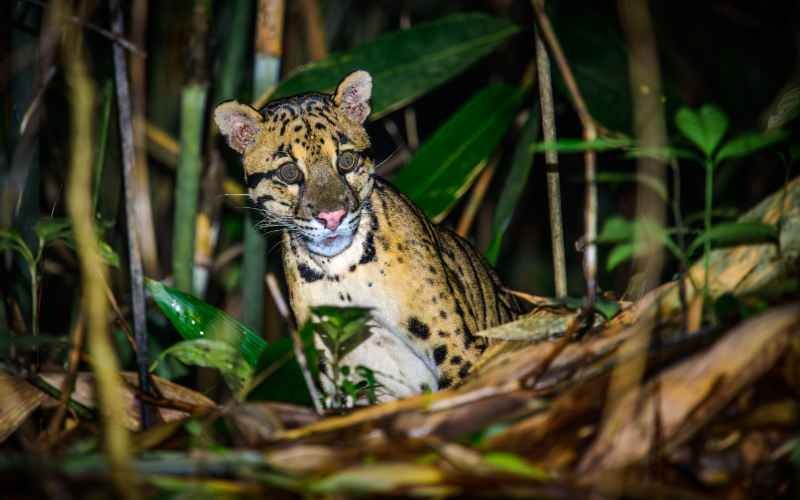
Stealthy and elusive, the Clouded Leopard prowls the misty forests of Northeast India, blending seamlessly into its surroundings with its dappled coat. This enigmatic feline, found in the hilly terrains of Meghalaya and Mizoram, is renowned for its agility and striking beauty.
4. One-horned Rhinoceros

The grasslands of Kaziranga National Park in Assam provide a sanctuary for the majestic One-horned Rhinoceros. As one of the largest rhino species, it is a symbol of conservation success in the region, thanks to concerted efforts to protect its dwindling habitat.
5. Golden Langur

Endemic to the lush forests of Assam and Bhutan, the Golden Langur is a sight to behold with its golden fur and expressive eyes. As one of the most endangered primates in the world, conservation initiatives are crucial for ensuring the survival of this enchanting species.
6. Pygmy Hog
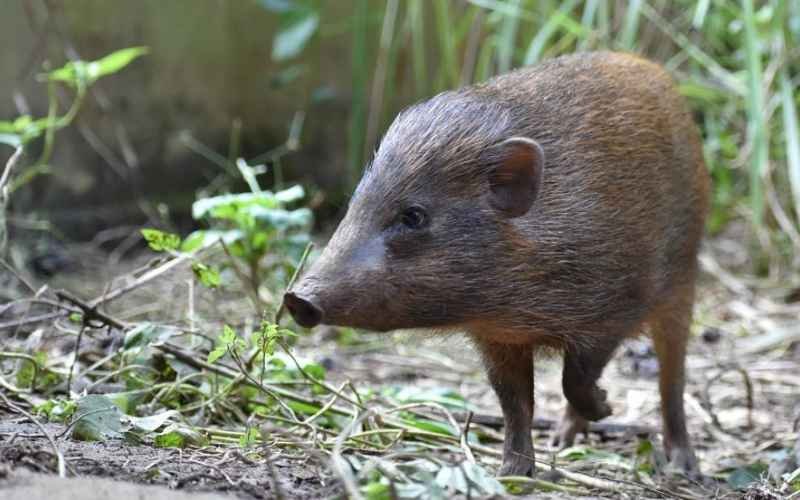
The Pygmy Hog, the smallest and rarest pig species in the world, calls the grasslands and marshes of Assam home. With its diminutive size and unique ecological niche, this adorable creature serves as a flagship species for grassland conservation efforts in the region.
7. Mishmi Takin
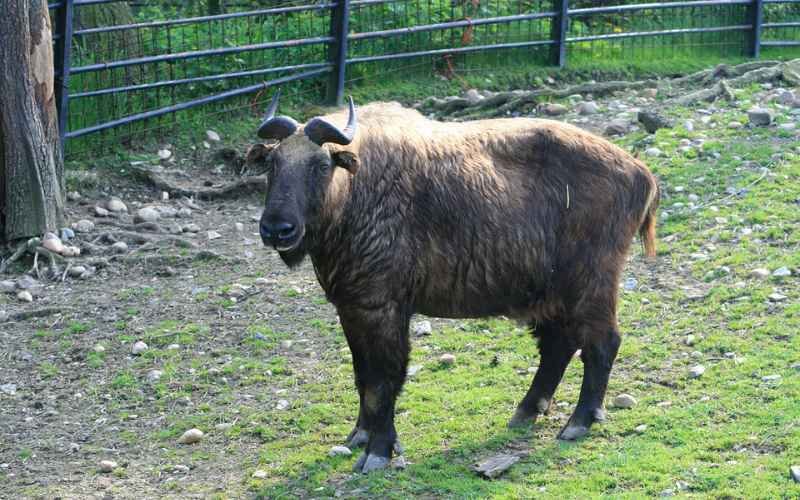
The Mishmi Takin, a goat-antelope native to the rugged terrain of Arunachal Pradesh, is a symbol of the region’s untamed wilderness. With its robust build and impressive horns, this elusive mammal embodies the spirit of Northeast India’s remote and pristine landscapes.
8. White-winged Wood Duck
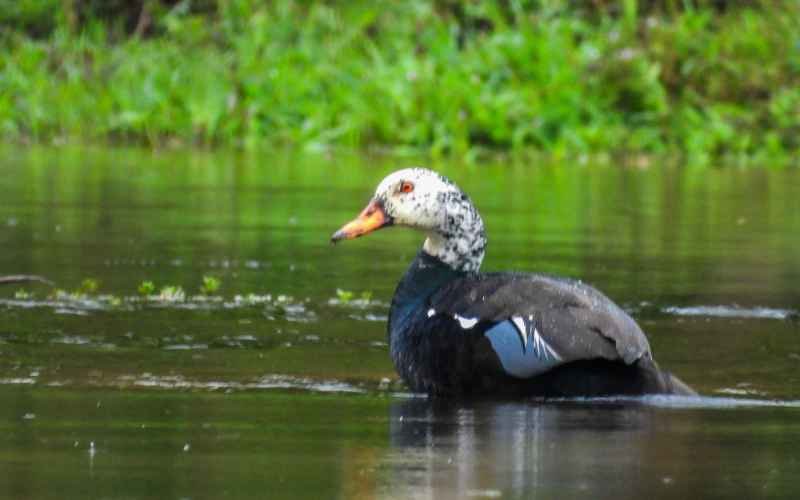
In the tranquil wetlands of Assam and Arunachal Pradesh, the White-winged Wood Duck glides gracefully through the waterways, its iridescent plumage shimmering in the sunlight. As one of the rarest waterfowl species in the world, efforts to protect its fragile habitat are paramount.
9. Blyth’s Tragopan
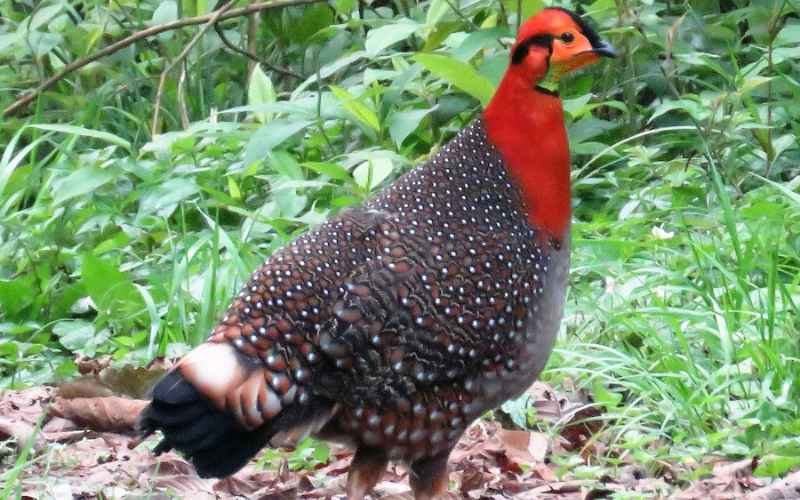
The vibrant plumage of the Blyth’s Tragopan makes it a striking sight amidst the dense forests of Northeast India. Endemic to the Eastern Himalayas, this elusive bird is revered for its stunning beauty and is a prized find for birdwatchers exploring the region.
10. Chinese Pangolin
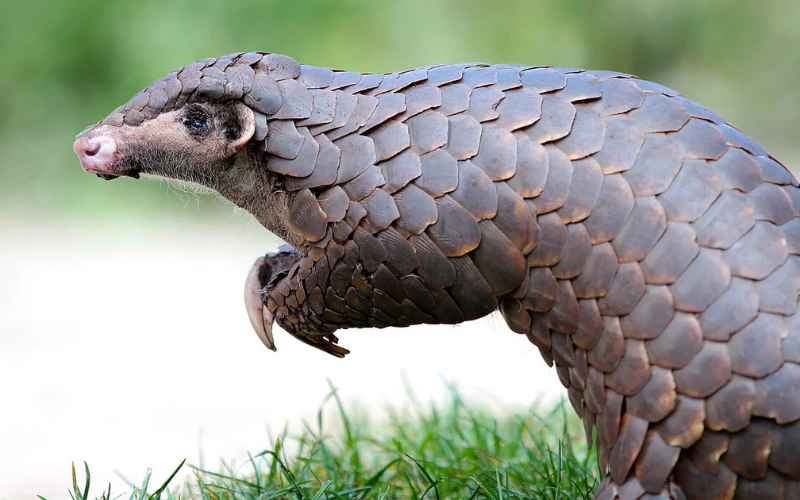
The elusive Chinese Pangolin, a scaly anteater that roams the forests of Northeast India, is a testament to the region’s rich biodiversity. Threatened by poaching and habitat loss, this unique mammal serves as a poignant reminder of the urgent need for conservation action.
From the misty mountains of Arunachal Pradesh to the verdant forests of Assam, Northeast India is a treasure trove of unique and endangered animal species. As stewards of this precious biodiversity, it is our collective responsibility to safeguard these habitats and ensure a future where both wildlife and people thrive in harmony.
Top 20 FAQs About Northeast India’s Unique Wildlife
- Q: What makes Northeast India unique in terms of wildlife?
- A: Northeast India boasts diverse habitats, ranging from high-altitude mountains to dense rainforests, which support a wide variety of unique and endemic species.
- Q: Are there any national parks in Northeast India that are known for their unique wildlife?
- A: Yes, Kaziranga National Park, Manas National Park, Namdapha National Park, and Nameri National Park are some of the most famous ones, each hosting unique and endangered species.
- Q: Is the Hoolock Gibbon found anywhere else in India?
- A: No, the Hoolock Gibbon is exclusive to the forests of Northeast India and is the only species of ape found in India.
- Q: What is the best time to visit Northeast India for wildlife spotting?
- A: The best time is from November to April when the weather is pleasant, and wildlife is more active and easier to spot.
- Q: Are there any conservation programs for the One-horned Rhinoceros?
- A: Yes, several conservation programs, including those by the Indian government and international organizations, have been successful in increasing the population of the One-horned Rhinoceros in Kaziranga National Park.
- Q: Can the Red Panda be seen easily in the wild?
- A: Red Pandas are elusive and prefer high-altitude forests, making them difficult to spot. However, places like Arunachal Pradesh and parts of Sikkim offer the best chances.
- Q: Are there any community-based conservation initiatives in Northeast India?
- A: Yes, there are several community-based initiatives where local communities participate in conservation efforts, particularly for species like the Golden Langur and the Pygmy Hog.
- Q: How can tourists contribute to wildlife conservation in Northeast India?
- A: Tourists can contribute by opting for eco-friendly tourism, supporting local conservation projects, and adhering to guidelines to minimize their impact on the environment.
- Q: What threats do the wildlife in Northeast India face?
- A: Major threats include habitat destruction, poaching, human-wildlife conflict, and climate change.
- Q: Are there any specific bird species unique to Northeast India?
- A: Yes, species like the Blyth’s Tragopan and the White-winged Wood Duck are unique to this region.
- Q: Is it safe to visit wildlife areas in Northeast India?
- A: Yes, it is generally safe if visitors follow guidelines, stay with guides, and respect local wildlife.
- Q: What efforts are being made to protect the Clouded Leopard?
- A: Efforts include habitat protection, anti-poaching measures, and research projects to better understand and conserve the species.
- Q: Are there any endemic reptiles in Northeast India?
- A: Yes, Northeast India is home to several unique reptile species, including various snakes and lizards that are endemic to the region.
- Q: Can I see elephants in Northeast India?
- A: Yes, Asian Elephants can be seen in several national parks and wildlife sanctuaries, including Kaziranga and Manas National Park.
- Q: What is the Mishmi Takin, and where can it be found?
- A: The Mishmi Takin is a goat-antelope found in the high-altitude regions of Arunachal Pradesh.
- Q: Are there any unique amphibians in Northeast India?
- A: Yes, the region hosts many unique amphibians, including several species of frogs that are not found anywhere else in the world.
- Q: How does the geography of Northeast India influence its wildlife?
- A: The varied geography, from mountains to plains and forests, creates diverse habitats that support a wide range of species.
- Q: What role do local communities play in wildlife conservation?
- A: Local communities play a crucial role in conservation by participating in monitoring, protecting habitats, and sustainable practices that benefit both wildlife and people.
- Q: Are there any rare or unique insect species in Northeast India?
- A: Yes, the region is known for its rich diversity of insects, including many species of butterflies and beetles that are unique to Northeast India.
- Q: How can one get involved in wildlife conservation in Northeast India?
- A: Interested individuals can volunteer with conservation organizations, support eco-tourism initiatives, or participate in awareness campaigns and research projects.
Related posts:
 Top 10 Most Beautiful Insects in the World
Top 10 Most Beautiful Insects in the World
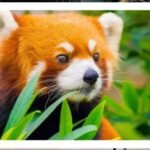 10 Animals That Are Illegal to Keep as Pets in India
10 Animals That Are Illegal to Keep as Pets in India
 Harvey Weinstein Saga: Lessons Learned and the Road Ahead
Harvey Weinstein Saga: Lessons Learned and the Road Ahead
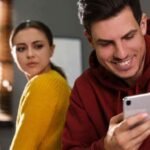 The Rise of Back-Burner Relationships: Exploring the Trend of Modern Dating
The Rise of Back-Burner Relationships: Exploring the Trend of Modern Dating
 Demystifying End-to-End Encryption: Why WhatsApp Stands Firm
Demystifying End-to-End Encryption: Why WhatsApp Stands Firm
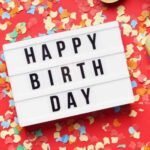 Heartfelt Birthday Wishes for Your Best Friend
Heartfelt Birthday Wishes for Your Best Friend
 The Secret to Luscious Lips: The Labello Lip Balm Review
The Secret to Luscious Lips: The Labello Lip Balm Review
 Working from Home? Try These 5 Ways to Overcome a Sedentary Lifestyle
Working from Home? Try These 5 Ways to Overcome a Sedentary Lifestyle
 MS Dhoni: The Legendary Captain Cool
MS Dhoni: The Legendary Captain Cool





